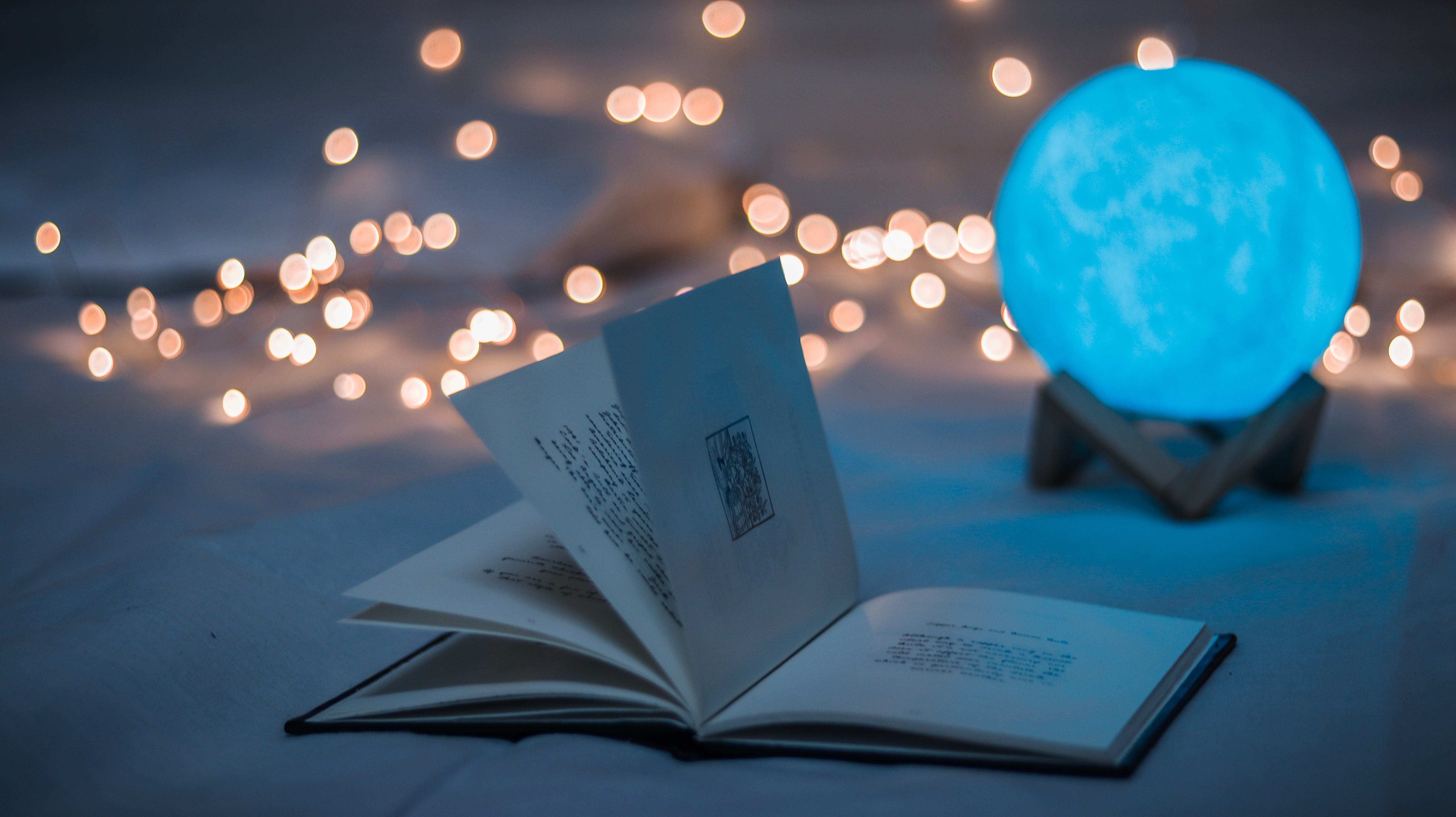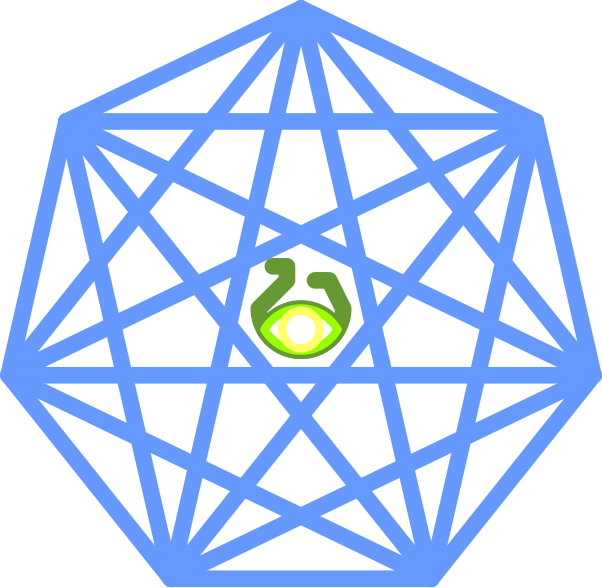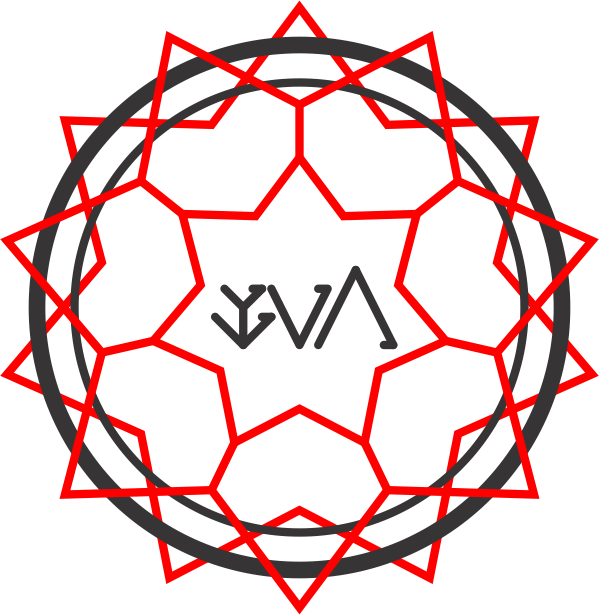Ritual Sigil
The creation of ritual sigils (called "ixolaba" in Iuxat) is a common religious practice in all sects of Rostran Esotericism. A ritual sigil can serve a number of purposes, from calling upon oneself the aid and beneficial qualities of a chosen spirit (as in the case of the Spirit of the Black Bird in Ixa Ad-Korvidiu or the Knapper of Spirits in Knappism) to warding against the threats of malicious spirits (such as the Ixulova Tun). In fact, the act of creating a ritual sigil is so tied to Esotericist practice that every sect of the religion employs such sigils in their symbology, as illustrated below.
Across all sects of Rostran Esotericism, ritual sigils share a number of elements in common:
Ritual Sigils and the Seven-Fold Spirit
All ritual sigils feature angular geometry which exhibits some association with the number seven or a multiple of seven. This has to do with the fact that Rostran Esotericist belief separates the spirit into seven defining aspects, a doctrine known more concisely as that of the Seven-Fold Spirit. Each such element represents a specific aspect of a spirit and its connection to the world and the cosmos, with further associations each to a color number, and place about the sigil in relation to the primary practitioner of the associated ritual. These elements are:- 1. Istegu - Istegu is strength, the aspect of the spirit responsible for interactions with the world. A spirit of strong istegu can enable the practitioner to enact intentional change through force of body or will, while resisting and breaking the might of the practitioner's enemies. The aspect of istegu sits at the first of seven points clockwise from the top, its associated number is 1, and its associated color is the red of life-giving blood.
- 2. Ingelin - Ingelin is dexterity, the aspect of the spirit responsible for movement, finesse, and accuracy in all action. A sprit of strong ingelin can enable the practitioner to move with alacrity, dodge the physical and spiritual threats of the world, and act with surety, while immobilizing and hobbling the enemies of the practitioner. The aspect of ingelin sits at the second of seven points clockwise from the top, its associated number is 2, and its associated color is the orange of life-giving fruits.
- 3. Iormapu - Iormapu is endurance, the aspect of the spirit responsible for vitality, physical and mental fortitude, focus, and persistence. A spirit strong in iormapu can enable the practitioner to become the rock upon which the waves of strife are broken, granting great fortitude and the will to continue when others might fail, while cursing the enemies of the practitioner with ill-health and scattered thoughts. The aspect of iormapu sits at the third of seven points clockwise from the top, its associated number is 3, and its associated color is the yellow of life-giving sunlight.
- 4. Iloi - Iloi is intelligence, the aspect of the spirit responsible for knowledge, wisdom, experience, and skill. A spirit strong in iloi can enable the practitioner to become a skilled artisan, loremaster, teacher, problem-solver, granting great insight into the workings of the world and all creatures within it, while dimming the creative spark of the practitioner's enemies. The aspect of iloi sits at the fourth of seven points clockwise from the top, its associated number is 4, and its color is the green of life-giving herbs.
- 5. Iparda - Iparda is perception, the aspect of the spirit responsible for witnessing the events of the world that will be, are, were, and will be again. A spirit strong in iparda can enable the practitioner to gain insight into the doings of history, the reality of the world at hand, and a notion of what might come of them, while casting the enemies of the practitioner in darkness and confusion. The aspect of iparda sits at the fifth of seven points clockwise from the top, its associated number is 5, and its color is the blue of the life-giving sea.
- 6. Ivonela - Ivonela is charisma, the aspect of the spirit responsible for interaction with others, whether living or unliving, spiritual or flesh. A spirit strong in ivonela can enable the practioner to charm, barter, trick, convince, or make pacts with others, while overcoming the ruses of the practitioner's enemies and casting them into doubt, rage, or subjugation. The aspect of ivonela sits at the sixth of seven points clockwise from the top, its associated number is 6, and its color is the indigo of the life-giving air.
- 7. (or 0.) Ixa - Ixa is spirit, the spoken truth and efficaciousness of the spirit itself in both the temporal and spiritual realms through which it passes. All spirits are invested with ixa by definition, as to be without ixa is to not be at all. A spirit strong in ixa is one which is potent indeed, as it is more potent with the granted powers of all other aspects as a result. Such a spirit can enable the user to grow in faith and ritual power, swaying other spiritual beings in turn for good or for ill. The aspect of ixa sits at the topmost point, and its color is the violet of the life-giving cosmos as viewed in the deepest, moonlit night. While beginning practitioners are taught that ixa's associated number is 7, many hierophants also see 0 as its associated number; as the Iuxat is a base-six system, 7 represents the final step before all numbers roll over into the next radix, mirroring the stepping over of a spiritual entity through cycles of death and rebirth.
Atunement to the Spiritual Entity
All sigils have at least some open space in the center, serving as the 'reservoir' into which a target spirit is drawn or 'bastion' from which a target spirit is excluded. This space is often denoted by some sort of image, symbol, or additional offering referring either to the type of spirit to be affected or to the action desired from the sigil (e.g. containment and enlightenment in the case of the vessel-and-eye of the orthodox Esotericist sigil). A reservoir or bastion is sometimes too large to practically fit into a single sigil (i.e the summoning sigil around a temple to a particular spirit or the warding sigil placed on a coast to ward off ixulova tun). In these cases, a sigil can be extended into a long, closed loop of geometric angles, so long as the number of points along this loop amounts to a multiple of seven; this both sets the material requirements for such large sigils and requires a meticulous accounting of the scribing process to prevent a 'false' or 'poor' binding. When creating a ritual sigil, the practitioner places certain sacrifices - such as precious minerals, cast-off bits (i.e. feathers) and food items - which might somehow relate the spiritual entity to be affected by the sigil at each of the seven major points of the sigil. These items might be pleasing to the entity if the practitioner is trying to curry the entity's favor or, conversely, displeasing to the entity if trying to repel it. By chosing at which points each sacrifice is placed, the practitioner can call upon that specific aspect of the spirit to by bound, conjured or ablated; for example, a farmer seeking to improve the durability of his crops in the face of drought might place a bit of manure at the third point clockwise from the top (iormapu), while a jilted lover might place an item given to her by her former love at the fifth point clockwise from the top (ux-iparda) to help her forget the sight of his face. In all cases, because of the aspect's importance as the form and power of the spirit itself, some sort of offering or other sign of devotion must be placed at the topmost (ixa) point.
Related Ethnicities









I love the images in this article - so well done. I particularly like the map where you can see the position of each of the elements and the bastion. The descriptions of each element are so well done too. :)
Explore Etrea | March of 31 Tales
Thanks!